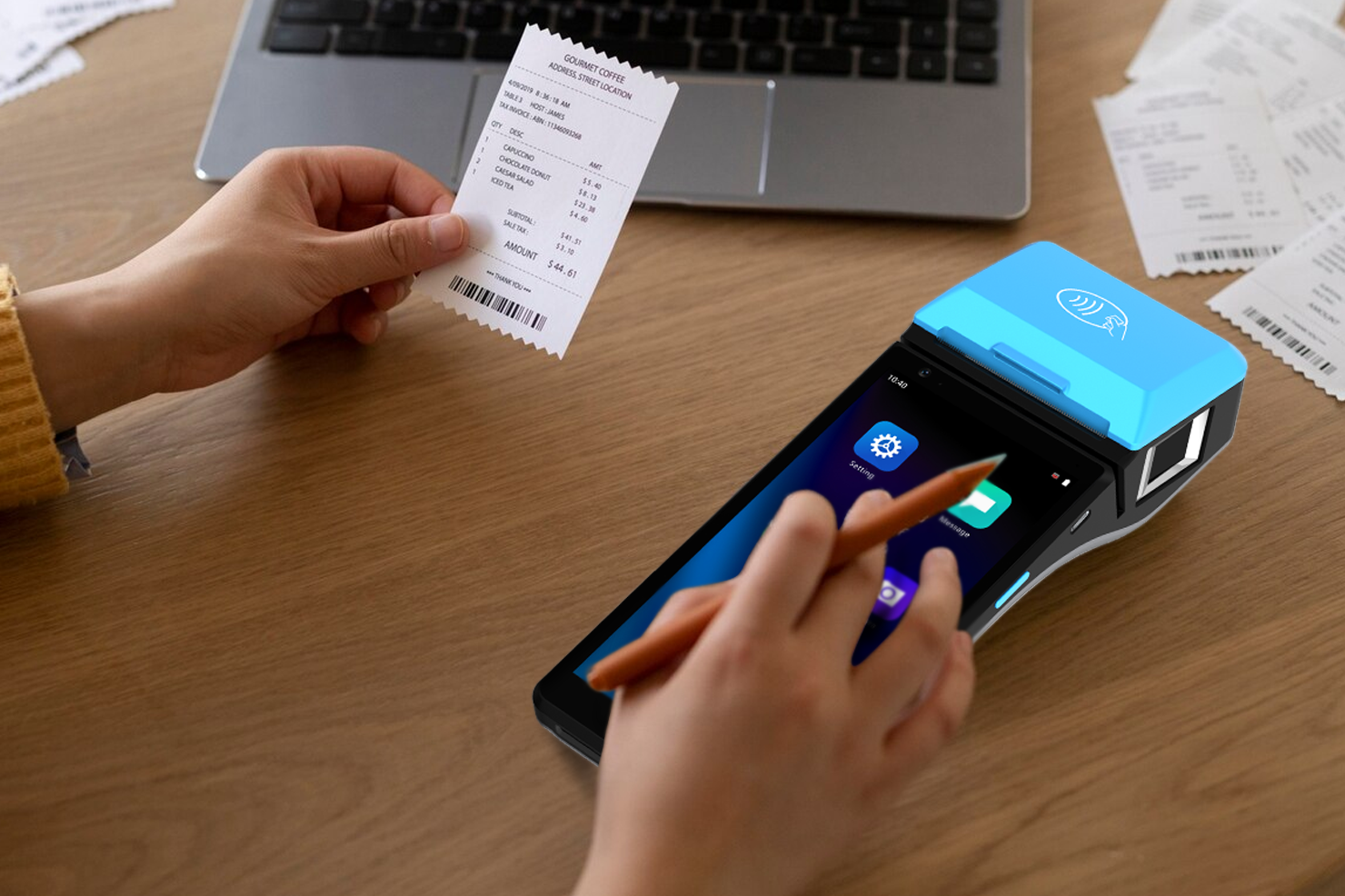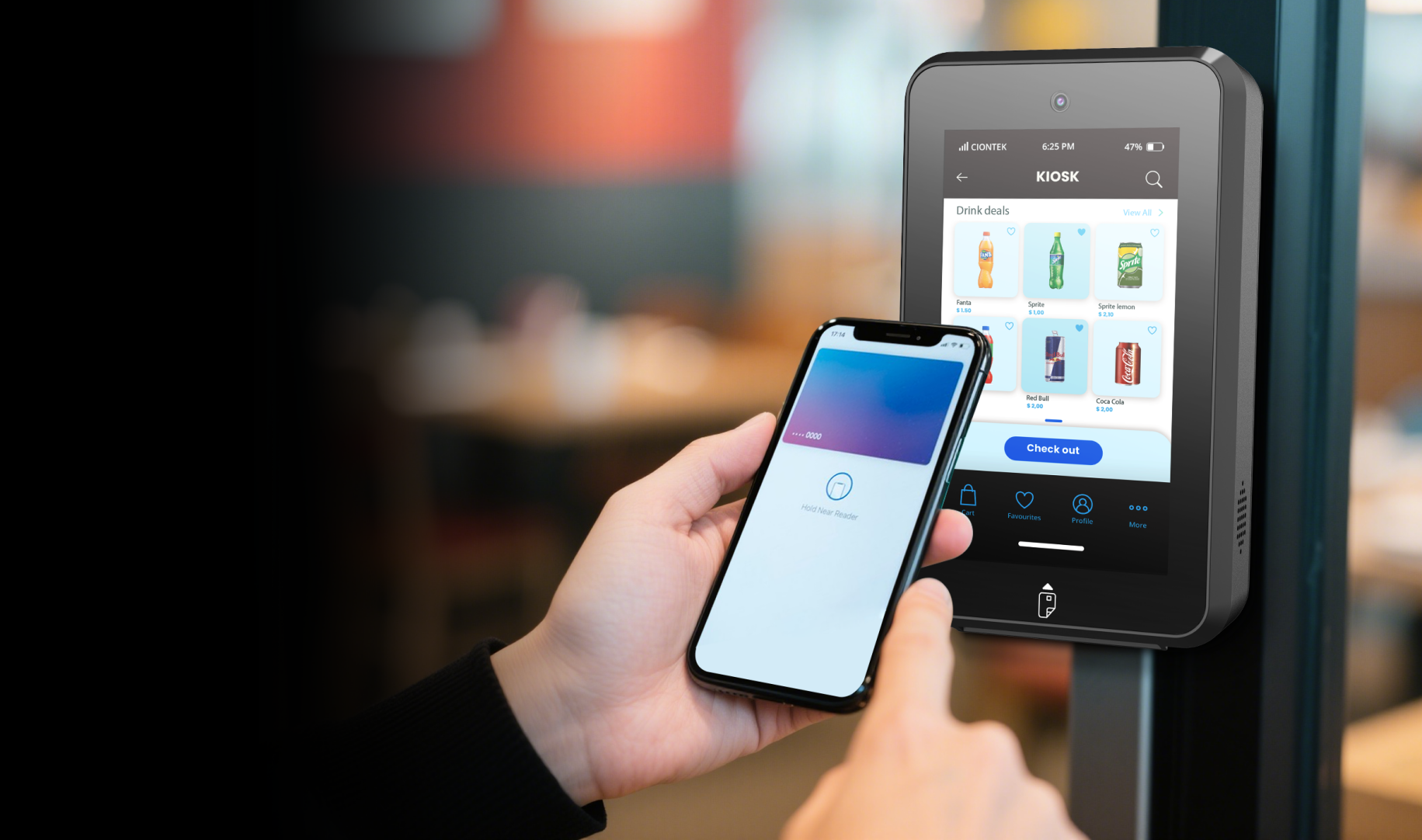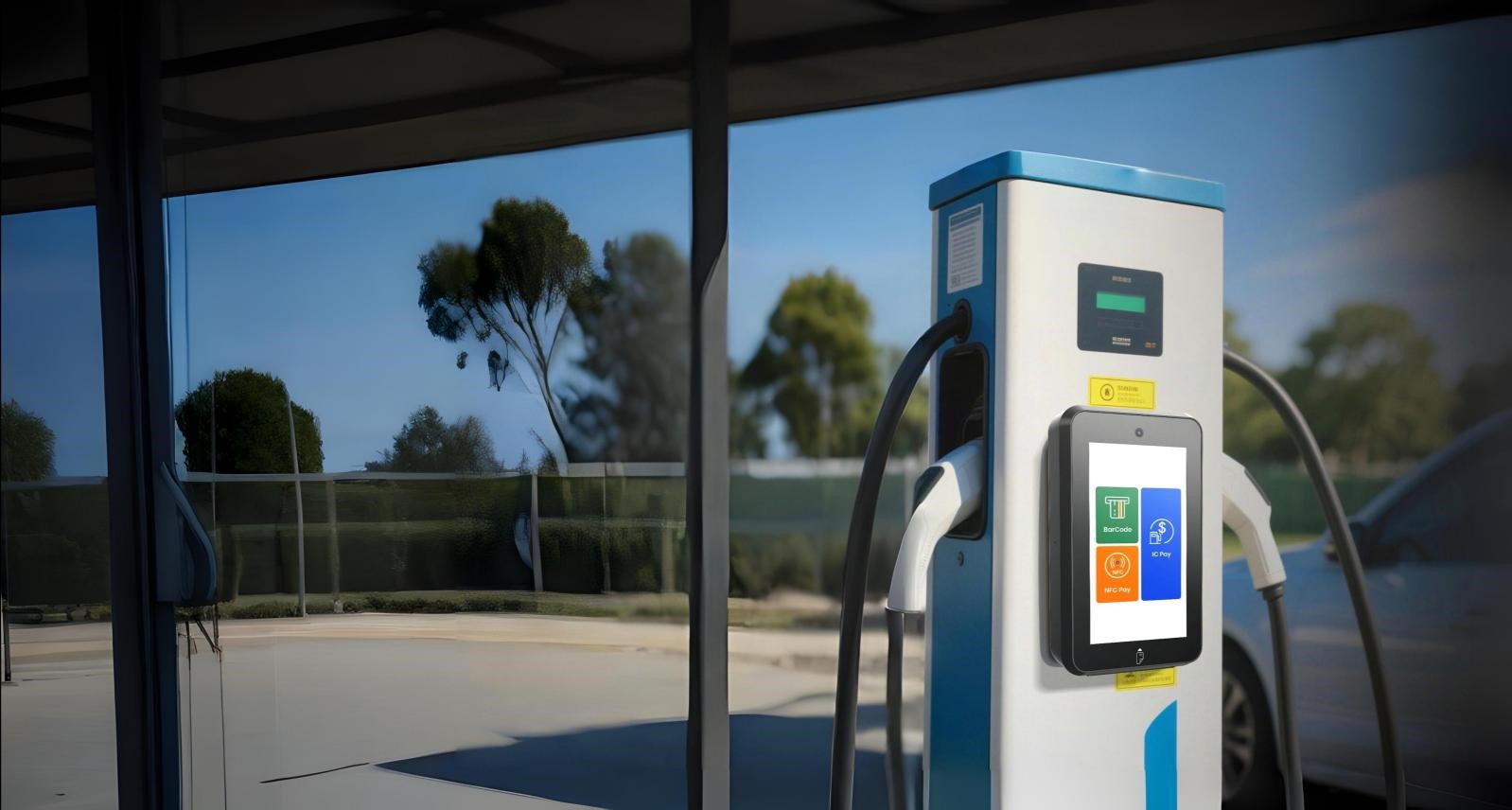Why you should use buy now, pay later (BNPL) payment methods for your business
Buy now, pay later has emerged as one of the most popular payment methods: More than half of US customers have used a buy now, pay later service, and almost 10% of ecommerce transactions in Australia are paid using a buy now, pay later provider. It was the fastest growing payment method in 2020 in India and the UK, and analysts estimate that these services will account for 12% of total global ecommerce spend on physical goods by 2025.

What is buy now, pay later (BNPL)?
Buy now, pay later (BNPL) is an alternative payment method that allows customers to purchase products and services without having to commit to the full payment amount up front. In doing so, customers have the ability to immediately finance purchases and pay them back in fixed installments over time. For example, a customer making a $100 purchase could pay for the item in four interest-free installments of $25.
Buy now, pay later services—such as Affirm, Afterpay, Klarna, and Zip—are used by a wide variety of businesses, especially ecommerce retailers, to increase conversion, increase average order value, and reach new customers. On buy now, pay later eligible sessions, businesses on Stripe have seen up to 14% increase in revenue. These payment methods offer customers the ability to immediately finance purchases and pay them back in fixed installments over time.
You, as the merchant, receive the full payment of the item up front, minus any fees (just like a credit card payment), and don't have to manage the financing. The buy now, pay later providers take on the task of underwriting customers, managing the installments, and collecting payments, so you can focus on growing your businesses.
This guide covers the basics of buy now, pay later payment methods. You'll learn how they work, how to choose a provider, and how Stripe can help.
How do buy now, pay later services work?
Buy now, pay later services are typically presented as an option in the payment flow, alongside credit cards and other payment methods. When customers make a one-time purchase, they simply select a buy now, pay later provider in the payment form, and are redirected to the provider's site or app to create an account or log in. Customers choose whether to accept the terms of the repayment plan—typically selecting bi-weekly or monthly installments—and complete the purchase.
Once the purchase is complete, businesses receive the full payment up front (minus any fees). Customers pay their installments directly to the buy now, pay later provider, often with no interest and no additional fees when they pay on time.
Do buy now, pay later payment methods affect a customer’s credit score?
As long as customers are careful not to overspend and continue to make payments on time, most buy now, pay later payment methods shouldn’t significantly impact a customer’s credit score.
However, credit scores may be impacted if providers run a hard credit check or if a customer fails to make payments on time.

How do buy now, pay later services make money?
Buy now, pay later services generate revenue by charging fees to both customers and businesses. Business fees will depend on the provider, but will normally include a fee for the initial setup process and a fixed fee for each transaction. Customer fees are generally related to interest charges or late fees for missing payments.
What are the benefits of buy now, pay later services?
Frictionless checkout experiences are vital for any business, especially if you are focused on ecommerce growth. Customers expect streamlined, customizable payment experiences—ones that give them the flexibility to choose how to make a purchase. Not only do buy now, pay later payment methods offer this flexibility and convenience to your customers, they also reduce fraud and increase conversion and average order value.
By offering buy now, pay later options, you can:
-
Get paid up front and receive protection from repayment risk and fraud: You receive the total transaction amount up front, immediately—whether or not the customer successfully pays their installments. This means that buy now, pay later providers take on all the customer risk, shielding your business from fraud. If a customer does file a fraud-related dispute, the buy now, pay later provider takes on the risk and any associated costs.
-
Reach more customers: Offering a variety of payment methods allows you to create a relevant and familiar payment experience, helping attract more customers. Buy now, pay later options are particularly popular among younger customers who often don’t have a credit card: more than 26% of millennials and almost 11% of Generation Z shoppers used buy now, pay later services to pay for their most recent online purchases. Buy now, pay later services also have established marketing channels, such as their shop directory and email marketing, which may provide additional opportunities for you to reach new customers.
-
Offer a better customer experience: Buy now, pay later payment services offer customers a faster, more convenient way to access financing. Customers are only subject to a soft credit check (versus a hard check for other financing methods). There are no separate applications, application fees, or additional processing time, and most providers have simple-to-understand repayment plans and terms. Returning customers can also check out with ease, completing the payment flow in just a few clicks.
-
Increase conversion: Customers are more likely to make a purchase, especially a large one, if they can pay for the item over time. Buy now, pay later services help reduce the sticker shock—it’s less intimidating to make four, interest-free payments of $50 than one $200 transaction with a credit card with interest continually accruing.
-
Boost your average order value: Buy now, pay later services remove the barrier to larger purchases, allowing customers to break up the payment over time to fit within their budget. For businesses that sell lower priced goods, customers may be more likely to purchase additional items once they learn they can pay the total amount over time.
For consumers, buy now, pay later services can offer a convenient, affordable way to make purchases. Buy now, pay later providers also take steps to ensure they offer responsible lending and services to consumers. For example, they provide information to consumers about the money they owe and how they set their fees, and require businesses to adhere to guidelines for how they communicate these services to their customers. Given the growing popularity of these services, some governments are considering introducing new rules in order to promote responsible practices and ensure consumers understand the product. Stripe is following these developments closely to understand how consumers and businesses might be affected.
Do customers or businesses pay more when using buy now, pay later?
Generally, customers do not end up paying more money when using buy now, pay later payment methods.
Additionally, the cost of a product or service does not change when using a buy now, pay later service. If a product is priced at $100, the customer would still end up paying $100 to the business making the sale.
However, there may be associated processing fees for businesses that choose to provide a buy now, pay later service. The cost of using a buy now, pay later service will depend on the provider.
Are buy now, pay later payment methods right for my business?
Buy now, pay later payment methods are beneficial for most business, especially:
-
Retailers selling high-value goods and services, such as luxury items or travel fares that want to boost conversion
-
Retailers selling low-value goods and services that want to increase average cart size and reach new customers who might not have credit cards or the means to pay the full cost up front
With that said, buy now, pay later services might not be a good fit for your business if:
-
Your customers are businesses. Buy now, pay later methods offered on Stripe are only supported for consumers.
-
Your business relies on subscriptions or recurring purchases. Buy now, pay later methods don’t currently support invoicing or subscriptions.
How do you choose a buy now, pay later provider?
Selecting the right buy now, pay later provider depends on the types of items you sell, the price of those items, and your customer base. When evaluating providers, consider the following:
-
Repayment terms: Buy now, pay later providers offer different installment plans and term lengths, ranging from a few weeks to multiple years. If your business typically has a high average order value, look for buy now, pay later providers that offer repayment over a longer period of time (like having customers pay monthly installments over six months). On the other hand, businesses with a lower average order value may be able to offer fewer installments over a shorter amount of time, like four installments over six weeks.
-
Credit limits: Every customer will have a different spending limit based on their usage, credit, and/or repayment history, but some buy now, pay later providers have minimum and maximum credit limits. Again, evaluate your average order value and select a provider that offers enough credit for customers to successfully make a purchase.
-
Customer location: Decide in which markets you’d like to offer a buy now, pay later service based on where your customers are located. This may mean offering more than one buy now, pay later provider to maximize your geographic coverage. You may also want to select the buy now, pay later provider that is most popular in the region; for example, Afterpay and Zip are the most popular buy now, pay later services in Australia, while Klarna is most popular in Germany and the Nordics.

How do I set up buy now, pay later for my business?
Setting up buy now, pay later payment methods for your business is simple. Once you’ve selected a buy now, pay later provider that aligns with your business goals, you’ll likely undergo an application process that includes providing information about your company. Another option is to integrate directly with a software provider to expedite implementation and ease of use. For example, with Stripe, once approved, our team will help you integrate the BNPL service into your website, and you’ll be able to provide buy now, pay later services as an additional payment method for your customers.
How Ciontek can help
If you're planning to offer buy now, pay later options in your business, it's essential to choose the right tools—not just software, but also reliable hardware. A stable and secure POS device ensures seamless transactions and supports integrations with various BNPL providers and payment gateways.
Ciontek specializes in Android-based smart POS hardware, trusted by partners across Europe and Asia for its flexibility, durability, and developer-friendly architecture. Whether you're an ISV, system integrator, or payment service provider looking to roll out BNPL in-store or at the point of delivery, Ciontek’s hardware gives you the solid foundation you need to support modern payment trends. Learn more at www.ciontek.com